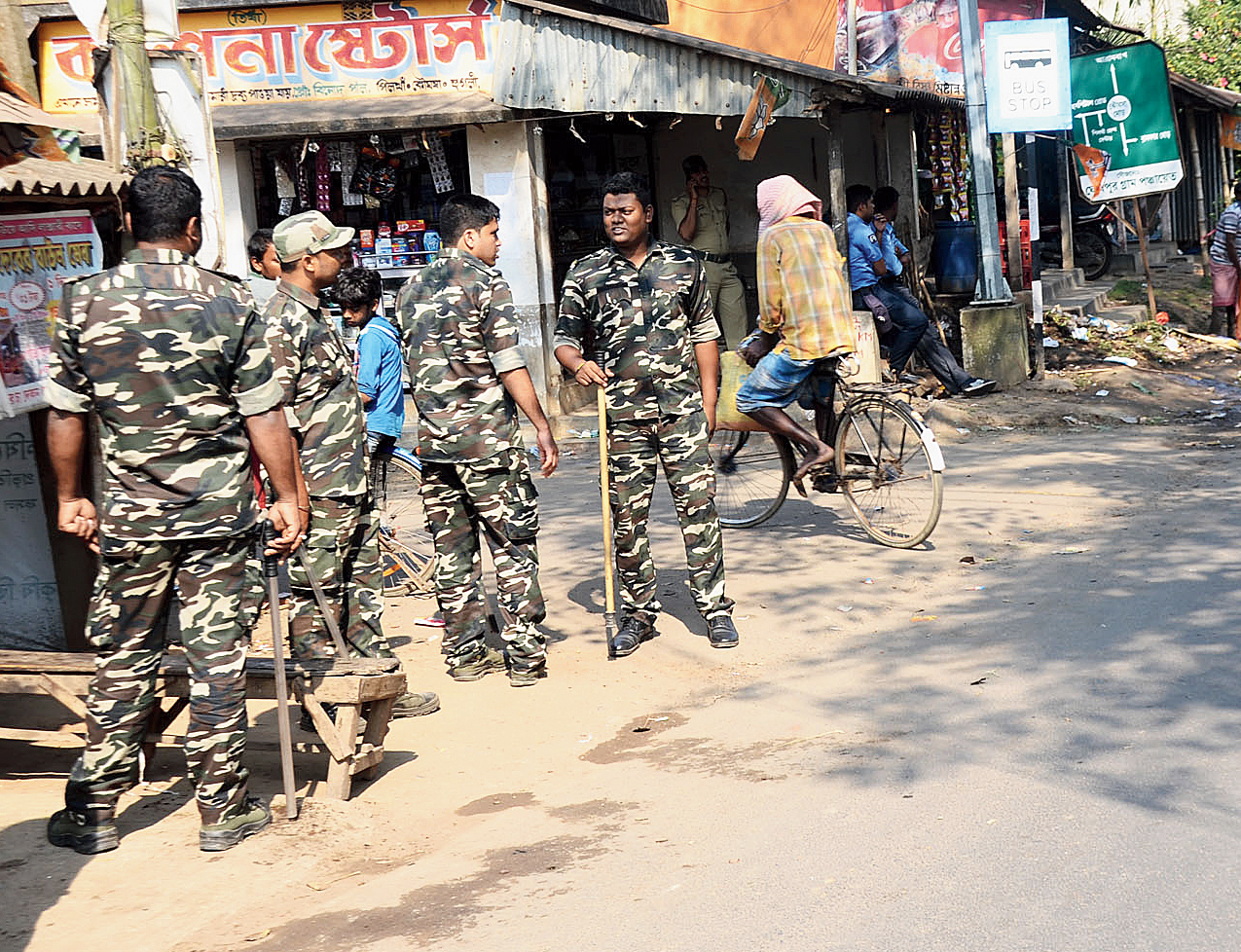By-elections to state assemblies are not considered to be a reliable register of the mood of the nation. There are a number of reasons why constituencies in states speak an electoral language that is markedly different from the one spoken by the country. Experts argue that unlike elections to the Lok Sabha, in which national issues and leaders play a decisive role, local factors and candidates are known to tip the scales in the case of bypolls. It is thus not uncommon to find voters hailing from the same constituency electing representatives from rival political parties in two different kinds of election even when these are separated by a short time gap. Consider the case of Kharagpur (Sadar) and Kaliaganj, two seats that the Trinamul Congress won in the recent round of by-elections. What makes these results singular is the fact that the Bharatiya Janata Party, which has emerged as the principal challenger to Mamata Banerjee’s TMC in Bengal, had performed exceptionally well in these two places during the parliamentary bout only months back. The BJP had been given a lead of over 40,000 votes from Kharagpur (Sadar), while in Kaliaganj in North Dinajpur, the TMC had trailed its rival by a margin of over 50,000 votes. Yet, in a matter of months, the TMC seems to have bridged this formidable gap.
One of the reasons being attributed to the TMC’s strong comeback is Ms Banerjee’s judicious strategy of targeting the BJP’s shrill assertion of implementing the controversial National Register of Citizens initiative across Bengal. It is quite clear that apart from anxious Muslims — they form a large chunk of the electorate in Kaliaganj and Karimpur, the third seat that the TMC went on to hold — Hindus have been unnerved by the possible threat of exclusion, something that has taken place in neighbouring Assam where over half of the people left out of the final, updated NRC belong to the majority community. The fear of massive upheaval and displacement, the likely fallouts of an NRC-like exercise, has turned the people away from the domineering BJP.
But Bengal’s bypolls emit signals that seem to be consistent with those coming from other corners of the country. In Maharashtra, the people refused to give the BJP a decisive mandate. Prolonged agrarian distress and the deep rumblings in the economy are the likely factors for the setback suffered by the BJP in that state. Interestingly, in Kharagpur (Sadar), a far more cosmopolitan constituency than, say, Kaliaganj, Narendra Modi’s disastrous economic policies — India’s GDP growth has slowed down to 4.5 per cent — rather than the NRC, helped the TMC wrest the seat. Could it be that disenchanted citizens in some states are beginning to see through the BJP’s ploy of polarizing electorates to win elections? Admittedly, a fairer assessment can only be reached after the outcomes of the forthcoming polls in Jharkhand and Karnataka.
But one thing is certain. Bengal has shown that hubris and political skulduggery may not be able to work wonders for long.












